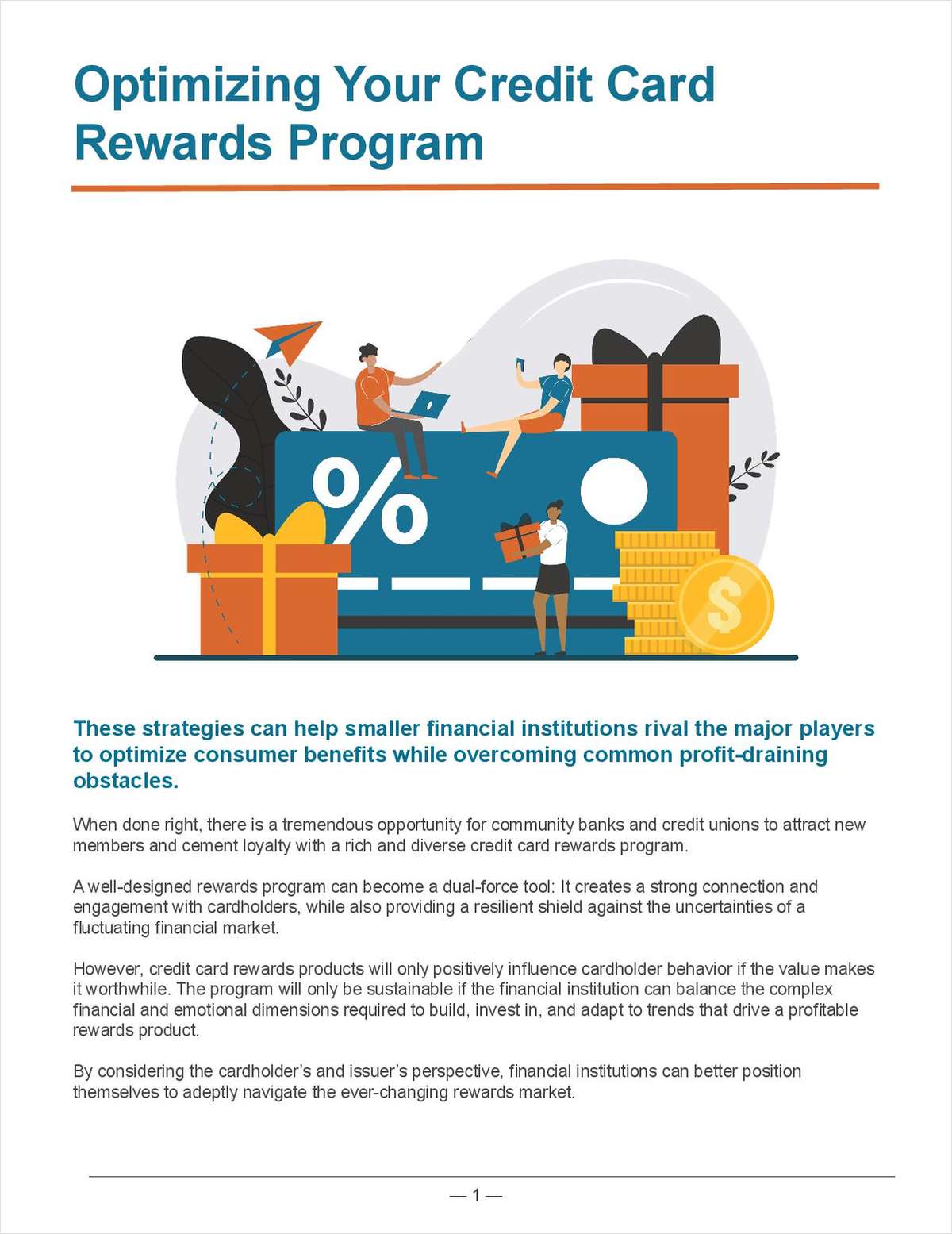As more consumers search for advice and tips on how best to manage their money, Addison Avenue Federal Credit Union recently tapped Wesabe to give members a chance to connect and talk personal finance.
The credit union has announced plans to launch the Wesabe Springboard Community Application, where thousands of active members engage in discussions ranging from paying off debt and smarter spending to buying a house.
Addison Avenue members will be able to post questions and receive answers from each other while also having access to the greater community of Wesabe members. Wesabe Springboard provides a smart dashboard view of individual account data and personal finances to help guide users toward value, savings and goal completion.
“When you look at Wesabe's Groups section, the value is immediately apparent-nearly every question is met with sound advice and supportive comments,” said Stu Fisher, senior vice president of eCommerce at Addison Avenue FCU. “By adopting some of the popular community features from Wesabe, we're giving our members a chance to connect with each other and to tap into Wesabe's massive database.”
Fisher adds that at Addison Avenue FCU online banking is vital.
“Only 30% of our members ever visit a branch. With such an Internet savvy and geographically diverse group, we see this as an innovative way for our members to help each other reach their financial goals,” said Fisher.
Another service gaining traction is the Filene Research Institute's Debt in Focus program.
Debt in Focus is a free, anonymous Web-based debt education tool designed to help people better understand their current financial situations. UW Credit Union and Bronco Federal Credit Union are the latest to pilot the program.
“Now more than ever, people are taking a critical look at their finances and spending habits,” said UW Credit Union Chief Credit Officer Mike Long. “We are offering this tool free of charge so people can take the first steps toward understanding their own financial situation and the impact debt has on their financial health.”
Here is how it works: Consumers input information regarding their income and current debt. They are then provided a summary of their debt total, ratios, and an estimated budget. In addition, they are given a series of action steps specific to their situation that they can take to reduce their debt or put themselves in a better financial position.
According to the Filene i3 team that developed the program, with consumers trying to figure out ways to decrease debt and increase savings, now is the time for credit unions to position themselves as a trusted resource for financial information.
Complete your profile to continue reading and get FREE access to CUTimes.com, part of your ALM digital membership.
Your access to unlimited CUTimes.com content isn’t changing.
Once you are an ALM digital member, you’ll receive:
- Breaking credit union news and analysis, on-site and via our newsletters and custom alerts
- Weekly Shared Accounts podcast featuring exclusive interviews with industry leaders
- Educational webcasts, white papers, and ebooks from industry thought leaders
- Critical coverage of the commercial real estate and financial advisory markets on our other ALM sites, GlobeSt.com and ThinkAdvisor.com
Already have an account? Sign In Now
© 2025 ALM Global, LLC, All Rights Reserved. Request academic re-use from www.copyright.com. All other uses, submit a request to [email protected]. For more information visit Asset & Logo Licensing.









